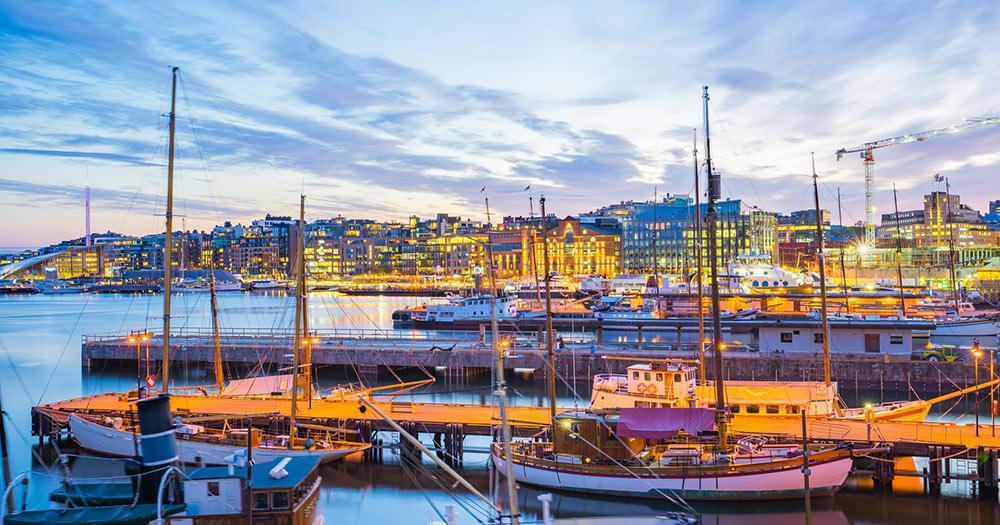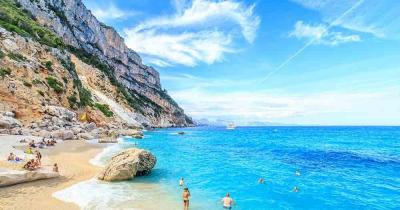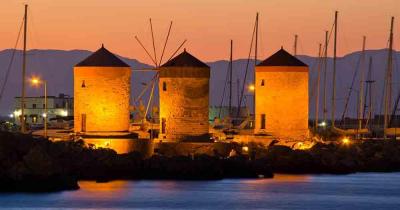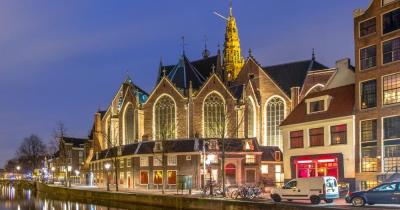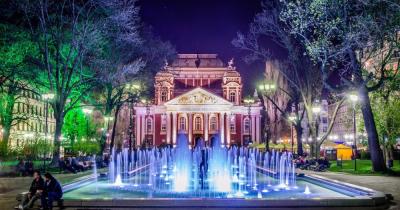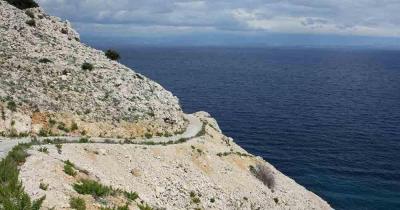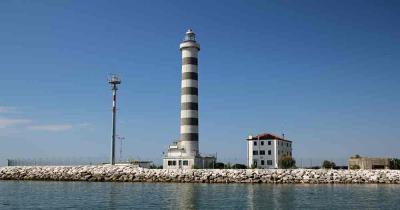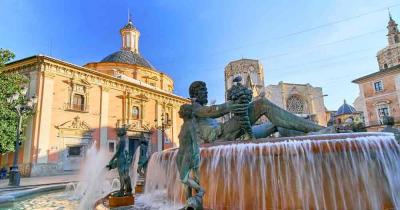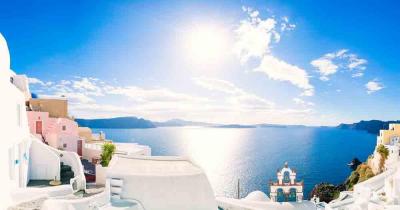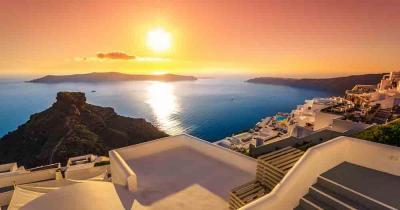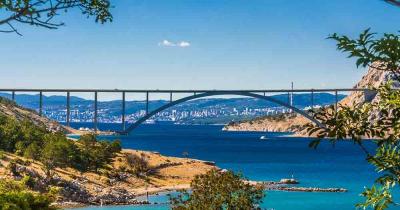Oslo
An aspiring and dynamic metropolis
Categories: Oslo Norway
Oslo: dynamic capitals on the way to modernity
Oslo is the largest city in Norway and has been the official capital since 1814. With almost 670,000 inhabitants and 1.5 million people in the catchment area, it is the largest urban centre. One third of Norway's population lives here. The up-and-coming and dynamic metropolis developed from a small town to one of the most expensive cities in the world. The city is reinventing itself!
 © Santi Rodríguez / Fotolia
© Santi Rodríguez / Fotolia
The liveable big city offers historical and modern sights, an outstanding cultural offer, excellent shopping facilities, galleries, restaurants and wonderful parks. Oslo was called Christiania or Kristiania from 1624 to 1924. The city is situated directly on the Oslofjord and is not only a magnet for tourists because of its architectural and cultural attractions, but also because of its great location right on the waterfront.
Oslo's history dates back to around the year 1000. According to legend, the city was founded in 1048 by King Harald III. What is certain is that it was inhabited long before that time. In the course of the centuries the city burned down several times. In 1624, a then ultra-modern reconstruction by King Christan IV followed in the Renaissance style. Oslo became Christiania, a planned city in a checkerboard pattern with prestigious stone buildings.
One of Oslo's most famous buildings is the town hall with its two distinctive red brick towers. The building is located at the harbour and was opened in 1950 for the 900th anniversary. The Nobel Peace Prize is awarded annually in the city hall. If you stroll along the city's most famous shopping mile, Karl Johans gate, you automatically reach the most important sights.
The magnificent boulevard leads from the central station up to the royal castle (1836). The cathedral, the National Assembly, the National Theatre, the University, the Grand Hotel and numerous shops, cafés and restaurants are also located along the street. The cathedral is one of the central buildings of the city centre and was built at the end of the 17th century. The medieval Akershus fortress on the Akersneset peninsula is hard to miss.
Other highlights of the city are the great museums. One of the most important is the Frammuseum. It deals with the history of Norway's important polar research trips. Equally interesting are the Kon-Tiki Museum on the island Museum Island Bygdoy or the National Gallery. The Munch Museum is currently under construction. The monumental tower-like building is scheduled for completion in 2020.
Historical Viking ships of inestimable value are presented by the Vikingskipshuset. Opened in 2008, the opera is the hypermodern landmark of the new Oslo. The spectacular white building designed by the Snøhetta architectural firm is reminiscent of an iceberg. Not far away is the Astrup Fearnley Museum in the new Tjuvholmen district. The art museum is another highlight of modern architecture in Oslo, and its sail-like roof construction is a delight. The new Barcode district in the Bjørvika district is also unique.
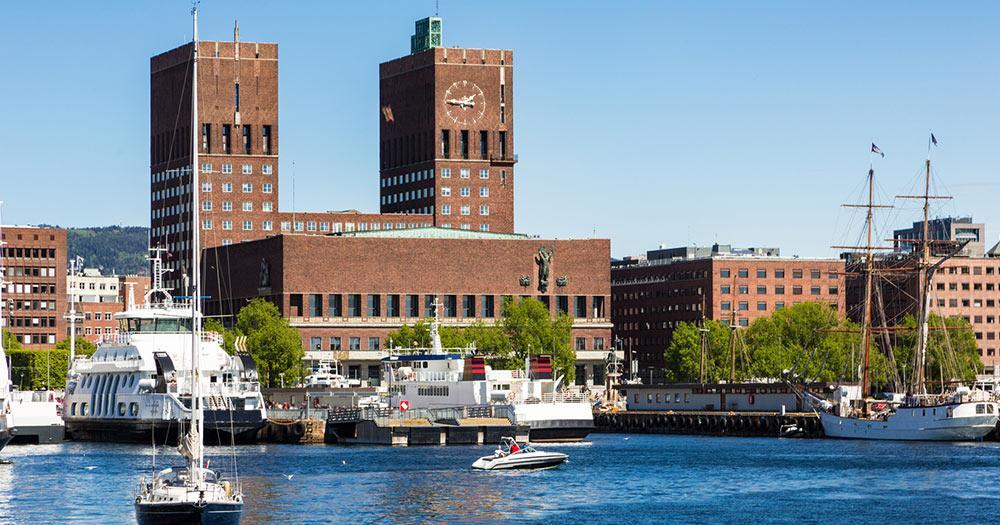 © jakartatravel / Fotolia
© jakartatravel / Fotolia
The Vigeland sculpture park in the city centre is unique. It presents 212 sculptures by the sculptor Gustav Vigeland. High up on the Holmenkollen. The famous Ski-Schanzenberg is located north of Oslo. It is also home to the oldest ski museum in the world. Anyone who wants to can jump off the ski jump there - on a simulator.
